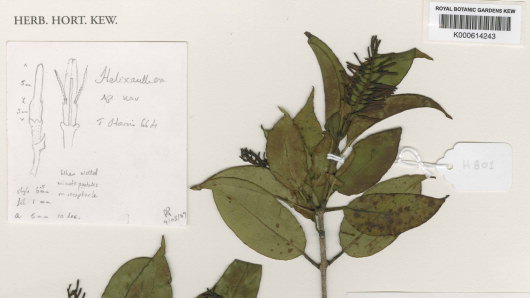Scientists have studied human brain samples to isolate a set of proteins that accounts for over 130 brain diseases and found an intriguing link between such diseases, the leading cause of medical disability in the developed world, according to the World Health Organization, with an economic costs in the USA exceeds $300 billion, and the evolution of the human brain.
Researchers say they have uncovered a clue that may help to explain why the earliest evidence of complex multicellular animal life appears around 550 million years ago, after atmospheric oxygen levels on Earth dramatically rose, from 3% to the modern day level of 21%.
The group says humans share a method of sensing oxygen with the world's simplest known living animal, Trichoplax adhaerens, suggesting the method has been around since the first animals emerged around 550 million years ago and helps us understand how humans sense oxygen and how oxygen levels drove the very earliest stages of animal evolution.
If you're in one of the areas of the world blanketed by snow, it probably feels like winter is already here - the cold weather has NPR pundits in such a panic they are claiming the snow is worse than global warming because it means (to them) that the climate is already 'unstable'.
But December 21st is officially winter and it is bringing with it a lunar eclipse. Last time that happened? 1554 A.D., according to NASA.
A parasitic, tropical mistletoe has been discovered near the summit of Mount Mabu in northern Mozambique and, just in time for Christmas, this new wild mistletoe has been named Helixanthera schizocalyx.
It was spotted by Royal Botanic Gardens, Kew East African butterfly specialist, Colin Congdon, while the team were trekking up the mountain, on a path that took them from the moist montane forest up to where the broad granite peaks break through the dense foliage. Congdon says he quickly realized this species was different from anything he had seen on the mountains in neighboring Malawi and Tanzania, and on closer inspection back at Kew it was confirmed as a new species.
In all of the excitement about 'renewable' energy that can replace fossil fuels, we look to the future - algae, seaweed, switchgrass, we have articles on practically every new idea - but forget to look to the past, like in wood.
Unlike 50 years ago, we now know how to make wood truly renewable (the Christmas tree industry was a wonderfully efficient proof of concept) and, say researchers at Fraunhofer Institute for Environmental, Safety and Energy Technology UMSICHT in Oberhausen, Germany, with modern techniques wood is comparable to natural gas in efficiency of heat supply.
A million years is a blink of an eye in evolution but that doesn't mean newer genes matter less in life itself.
 Opioid Addicts Are Less Likely To Use Legal Opioids At The End Of Their Lives
Opioid Addicts Are Less Likely To Use Legal Opioids At The End Of Their Lives More Like Lizards: Claim That T. Rex Was As Smart As Monkeys Refuted
More Like Lizards: Claim That T. Rex Was As Smart As Monkeys Refuted Study: Caloric Restriction In Humans And Aging
Study: Caloric Restriction In Humans And Aging Science Podcast Or Perish?
Science Podcast Or Perish?









